Reviewing the numbers
When evaluating claims usage on a benefit package, has your consultant ever measured the difference between what has been submitted, compared to what was actually eligible under the terms of the benefit coverage contract, and then to finally what was actually reimbursed to the employee?
Many times, a typical broker will limit their analysis on a benefit plan to comparing what was paid in premium to what was used, year-over-year. And then limit this to a three-year window, instead of tracking the trends over the life of the policy. If this is the threshold you are used to, you may want to reconsider the expertise you are paying for as part of the premium dollar.
Premium to claims comparisons should be the starting point of the conversation, not the end.
If the bar of the analysis is set so low, as a business owner, you may be limiting your strategy in aligning the coverage to compensation and productivity. Ultimately it may be difficult to measure your return on the investment without the proper numbers.
Time and again, regardless of company size, demographics, or industry, many corporate owners assume their plan is reimbursing to the letter of the booklet wording. So, if a plan offers 80% basic dental services to a maximum of $1,500 per person per year, the employer will consider for every dollar claimed for basic services, that $80 was reimbursed. In most cases, this is incorrect. In fact, the eligibility may be limited, in the case of a dental claim, by:
· the fee guide, provincially
· the fee guide—general practitioner to specialist
· maximum being reached
· reasonable and customary limits
· co-insurance factors
This false notion is reinforced when the only graphic illustrations for analysis provided is the premium to claim summary. Without delving into what is actually being submitted, compared to what is being reimbursed, an employer may miss an opportunity to strategically increase coverage when the employees require. This may include adding in a health spending, or wellness account to cover the different, or the viability of an employee assistance program to name some of many options.
Too many times, as the example illustrations show, we see that the employee is out of pocket, in after-tax dollars, almost as much as they were reimbursed by the plan. This then behoves the consultant to open the conversation on the premium payments. For instance, if the employer is cost sharing the premium at 50% and the employee, as mentioned above, is also out of pocket close to 50% of what they are submitting for claim, then the “value” of the package amounts to only 25% of the cost. No wonder the employee seems to lack appreciation.
To properly align compensation and productivity, these numbers must be examined.
Taking the analysis to the next level
In situations where there are more than one division under the policy, reviewing the usage per division is a strategic tool to ensure given the geographical location, occupation, and needs of the staff body that the benefits are supported by need and demographics.
Within your premium dollar is what you pay for the benefit broker/consultant. Make sure you are getting the expertise you require to properly manage your plan effectively.
We’d be pleased to engage in a meaningful conversation. Give us a call.
Did you enjoy this article? It may a “benefit” to have a chat, or at least subscribe to our newsletter.
Disclaimer: Please note that the information provided, while authoritative, is not guaranteed for accuracy and legality. The site is read by a world-wide audience and employment, taxation, legal vary accordingly. Please seek legal, accounting and human resources counsel from qualified professionals to make certain your legal/accounting/compliance interpretation and decisions are correct for your location. This information is for guidance, ideas, and assistance.





